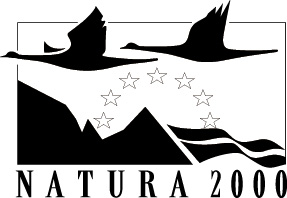This area is chosen because of its dense Ailanthus infestation within the habitat type unique to Croatia: 32A0 Tufa barriers of Dinaric Alps, whose area at Krka makes for 20% of this habitat type within the European Union. Also, Ailanthus is a threat to Krka grasslands, including habitat type 62A0 Eastern sub-Mediterranean dry grasslands Scorzoneratalia villosae.
The entire Pelješac peninsula has a severe Ailanthus problem, including a threat to priority Natura 2000 habitat type 6220* Pseudo-steppe with grasses and annuals of the Thero-Brachypodietea.
The invasive tree species Ailanthus growing from the Dubrovnik city walls is perhaps the most striking example of Ailanthus resilience and its impact on historic stone monuments. According to our estimations, at least 10,000 Ailanthus trees grow within the city of Dubrovnik, threatening a Croatian historical heritage, and serving as a source of spread to surrounding natural areas.
Cities of Mali Ston and Ston and city wall between them are important cultural heritage site, situated between four different Natura 2000 SCI sites. Just next to the project area JI Pelješac, they are a significant source of new introductions into the Natura 2000 habitat types and into the other protected areas of Pelješac Peninsula.

